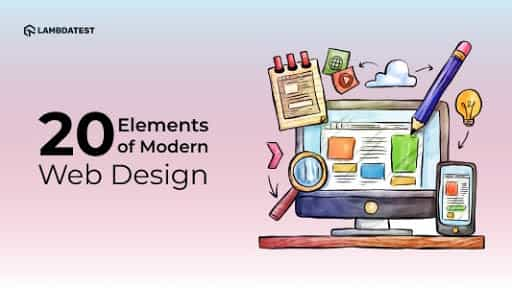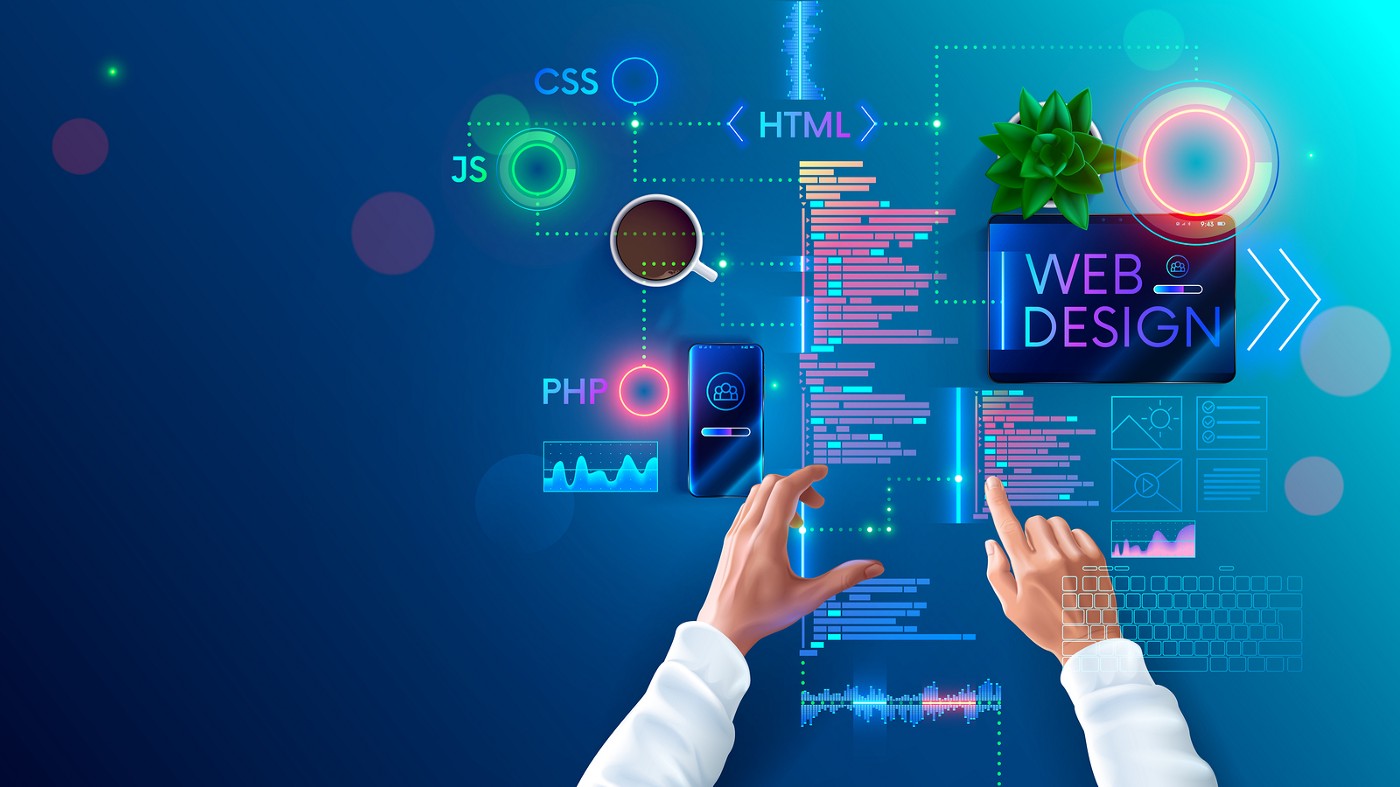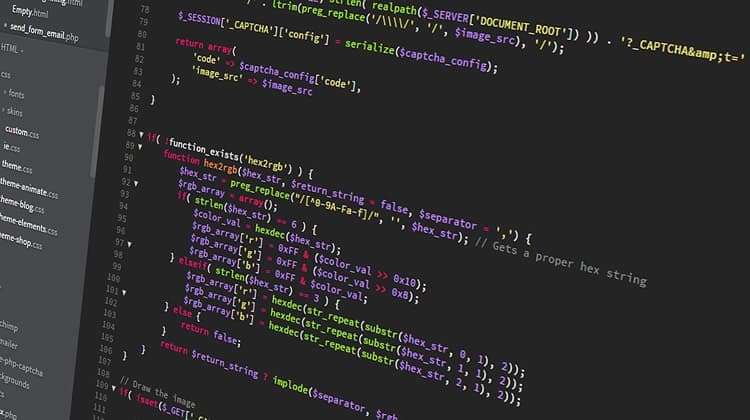All Categories
Featured
Table of Contents
- – Web Design And Development - Invision Tips and...
- – Top Web Design Agencies Ranked - 2022 Reviews...
- – Top 30 Web Design Companies - Apr 2022 - Desi...
- – Web Design Vs. Web Development - Upwork Tips ...
- – Responsive Web Design - A List Apart Tips and...
- – Web Design Services By Freelance Website Desi...
- – Web Design Studio & Digital Marketing Agency...
- – Web Design - Entrepreneur Tips and Tricks:
- – Web Design & Seo By Acs - Syracuse Web Desig...
- – 34 Of The Best Website Designs To Inspire Yo...
- – Design Principles - U.s. Web Design System (...
Web Design And Development - Invision Tips and Tricks:
Quick summary Usability and the utility, not the visual design, identify the success or failure of a website. Since the visitor of the page is the only individual who clicks the mouse and therefore chooses whatever, user-centric style has established as a basic technique for effective and profit-oriented web design - web design frederick md.
and the energy, not the visual style, determine the success or failure of a website. Because the visitor of the page is the only individual who clicks the mouse and therefore decides everything, user-centric style has ended up being a basic technique for effective and profit-oriented web design. If users can't utilize a function, it might as well not exist.
g. where the search box must be positioned) as it has currently been carried out in a variety of articles; instead we focus on the approaches which, utilized properly, can lead to more advanced style decisions and simplify the procedure of perceiving provided information. Please notice that you might be interested in the usability-related short articles we have actually released prior to: Concepts Of Good Website Style And Efficient Web Style Standards, In order to use the concepts effectively we initially require to comprehend how users communicate with sites, how they think and what are the basic patterns of users' habits.
Top Web Design Agencies Ranked - 2022 Reviews - Clutch.co Tips and Tricks:
Visitors look at each new page, scan some of the text, and click on the very first link that captures their interest or vaguely resembles the thing they're trying to find. In fact, there are large parts of the page they do not even look at. Many users browse for something intriguing (or helpful) and clickable; as quickly as some appealing candidates are found, users click.
If a page supplies users with high-quality content, they want to compromise the content with ads and the style of the site. This is the reason not-that-well-designed websites with premium material get a lot of traffic over years. Material is more crucial than the design which supports it.

Users do not check out, they scan. Notice how "hot" locations abrupt in the middle of sentences. This is typical for the scanning process. Very basic principle: If a website isn't able to satisfy users' expectations, then designer failed to get his job done correctly and the company loses money. The higher is the cognitive load and the less user-friendly is the navigation, the more willing are users to leave the website and search for options.
Top 30 Web Design Companies - Apr 2022 - Designrush Tips and Tricks:
Neither do they scan website in a linear fashion, going sequentially from one site area to another one. Instead users satisfice; they choose the very first sensible option. As soon as they discover a link that looks like it might lead to the objective, there is an excellent chance that it will be right away clicked.
It does not matter to us if we comprehend how things work, as long as we can utilize them. If your audience is going to act like you're developing signboard, then style excellent signboards." Users want to have the ability to control their internet browser and count on the constant information presentation throughout the site.
If the navigation and website architecture aren't intuitive, the variety of enigma grows and makes it harder for users to understand how the system works and how to get from point A to point B. A clear structure, moderate visual hints and easily recognizable links can help users to discover their path to their aim.
Web Design Vs. Web Development - Upwork Tips and Tricks:

claims to be "beyond channels, beyond products, beyond distribution". What does it indicate? Because users tend to explore sites according to the "F"-pattern, these three statements would be the very first aspects users will see on the page once it is packed. The style itself is basic and user-friendly, to understand what the page is about the user requires to browse for the answer.
Once you have actually accomplished this, you can communicate why the system is useful and how users can take advantage of it. Individuals will not use your website if they can't find their way around it. 2. Don't Misuse Users' Perseverance, In every task when you are going to provide your visitors some service or tool, attempt to keep your user requirements very little.
First-time visitors want to, not filling long web forms for an account they may never ever use in the future. Let users check out the website and discover your services without forcing them into sharing personal information. It's not affordable to force users to go into an email address to test the function.
Responsive Web Design - A List Apart Tips and Tricks:
And that's what you desire your users to feel on your web site. The registration can be done in less than 30 seconds as the form has horizontal orientation, the user does not even require to scroll the page.
A user registration alone is enough of an impediment to user navigation to cut down on inbound traffic. 3. Manage To Focus Users' Attention, As websites offer both fixed and vibrant material, some elements of the interface draw in attention more than others do. Obviously, images are more captivating than the text simply as the sentences marked as vibrant are more attractive than plain text.
Focusing users' attention to specific locations of the website with a moderate usage of visual components can assist your visitors to get from point A to point B without thinking of how it in fact is expected to be done. The less concern marks visitors have, the they have and the more trust they can establish towards the business the website represents.
Web Design Services By Freelance Website Designers - Fiverr Tips and Tricks:
Aim For Feature Exposure, Modern web styles are usually criticized due to their approach of directing users with visually appealing 1-2-3-done-steps, large buttons with visual effects and so on. From the design point of view these elements in fact aren't a bad thing.
The website has 9 primary navigation alternatives which are visible at the first look. The option of colors might be too light. is a fundamental concept of effective user interface design. It does not actually matter how this is attained. What matters is that the content is well-understood and visitors feel comfortable with the method they communicate with the system.
Instead a price: simply what visitors are looking for. An ideal solution for reliable writing is touse brief and succinct expressions (come to the point as quickly as possible), use scannable layout (categorize the material, utilize multiple heading levels, utilize visual aspects and bulleted lists which break the circulation of consistent text blocks), use plain and objective language (a promotion doesn't need to sound like ad; give your users some affordable and objective reason why they should use your service or remain on your website)6.
Web Design Studio & Digital Marketing Agency • Gravitate Tips and Tricks:
Users are hardly ever on a site to enjoy the design; additionally, in many cases they are trying to find the information regardless of the design - web design frederick md. Aim for simplicity rather of complexity. From the visitors' point of view, the finest site design is a pure text, with no ads or additional content obstructs matching exactly the query visitors used or the material they have actually been looking for.
Finch plainly provides the details about the website and offers visitors a choice of options without overcrowding them with unneeded content. Not only does it assist to for the visitors, but it makes it possible to view the details presented on the screen.
Complex structures are more difficult to read, scan, evaluate and deal with. If you have the option between separating 2 design sectors by a noticeable line or by some whitespace, it's typically better to utilize the whitespace service. (Simon's Law): the much better you manage to offer users with a sense of visual hierarchy, the simpler your content will be to view.
Web Design - Entrepreneur Tips and Tricks:
The very same conventions and guidelines must be used to all elements.: do the most with the least quantity of cues and visual elements. 4 major points to be thought about: simpleness, clearness, distinctiveness, and focus. Simpleness consists of only the elements that are most important for communication. Clearness: all parts need to be created so their significance is not uncertain.
Conventions Are Our Buddies, Conventional style of website aspects doesn't result in a boring web website. As they reduce the finding out curve, the need to figure out how things work. It would be an usability headache if all sites had different visual presentation of RSS-feeds. That's not that various from our routine life where we tend to get utilized to basic principles of how we arrange information (folders) or do shopping (placement of items).
comprehend what they're getting out of a site navigation, text structure, search placement etc. A case in point from functionality sessions is to equate the page in Japanese (assuming your web users do not know Japanese, e. g. with Babelfish) and supply your use testers with a task to discover something in the page of various language.
Web Design & Seo By Acs - Syracuse Web Design - Google ... Tips and Tricks:
Steve Krug suggests that it's much better to, however take benefits of conventions when you do not. 10. Test Early, Test Typically, This so-called TETO-principle must be used to every web style job as use tests typically supply into significant problems and problems connected to an offered design. Test not too late, not too little and not for the wrong factors.
Some important indicate remember: according to Steve Krug, and screening one user early in the job is better than testing 50 near completion. Accoring to Boehm's first law, errors are most regular throughout requirements and style activities and are the more costly the later they are gotten rid of.
That suggests that you create something, test it, fix it and then test it again. There might be problems which have not been discovered during the preliminary as users were practically obstructed by other issues. use tests. Either you'll be pointed to the problems you have or you'll be indicated the lack of significant design defects which remains in both cases a helpful insight for your project.
34 Of The Best Website Designs To Inspire You In 2022 Tips and Tricks:

This holds for designers. After you have actually worked on a website for few weeks, you can't observe it from a fresh point of view any longer. You understand how it is built and therefore you know precisely how it works you have the wisdom independent testers and visitors of your site wouldn't have.
It can be linked to other areas such as graphic design, user experience, and multimedia arts, but is more appropriately seen from a technological perspective. It has become a big part of individuals's everyday lives. It is hard to envision the Web without animated graphics, various designs of typography, background, videos and music.

During 1991 to 1993 the World Wide Web was born. Text-only pages might be viewed utilizing a simple line-mode internet browser. There had actually been no integrated technique to graphic design aspects such as images or sounds.
Design Principles - U.s. Web Design System (Uswds) Tips and Tricks:
The W3C was produced in October 1994 to "lead the World Wide Web to its full capacity by developing common protocols that promote its development and guarantee its interoperability." This prevented any one business from monopolizing a propriety browser and shows language, which could have altered the result of the Web as a whole.
As this has actually occurred the innovation of the web has likewise moved on. There have actually also been significant changes in the method people utilize and access the web, and this has actually changed how sites are developed.
Learn more about Lovell Media Group LLC or TrainACETable of Contents
- – Web Design And Development - Invision Tips and...
- – Top Web Design Agencies Ranked - 2022 Reviews...
- – Top 30 Web Design Companies - Apr 2022 - Desi...
- – Web Design Vs. Web Development - Upwork Tips ...
- – Responsive Web Design - A List Apart Tips and...
- – Web Design Services By Freelance Website Desi...
- – Web Design Studio & Digital Marketing Agency...
- – Web Design - Entrepreneur Tips and Tricks:
- – Web Design & Seo By Acs - Syracuse Web Desig...
- – 34 Of The Best Website Designs To Inspire Yo...
- – Design Principles - U.s. Web Design System (...
Latest Posts
Modern Website Designs - Best Web Page Designers Tips and Tricks:
The Top 10 Most Important Elements Of A Website Design Tips and Tricks:
What Does A Web Designer Do? - Careerexplorer Tips and Tricks:
More
Latest Posts
Modern Website Designs - Best Web Page Designers Tips and Tricks:
The Top 10 Most Important Elements Of A Website Design Tips and Tricks:
What Does A Web Designer Do? - Careerexplorer Tips and Tricks: